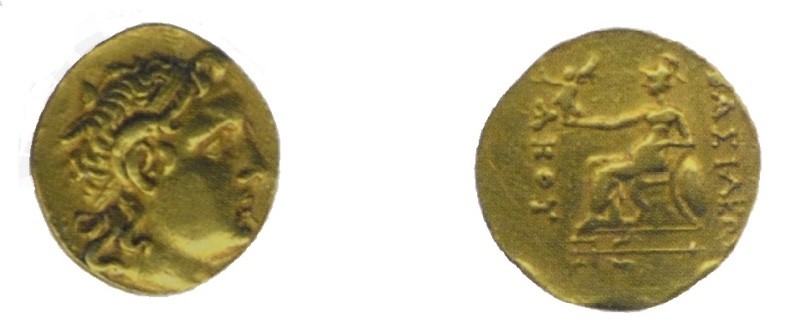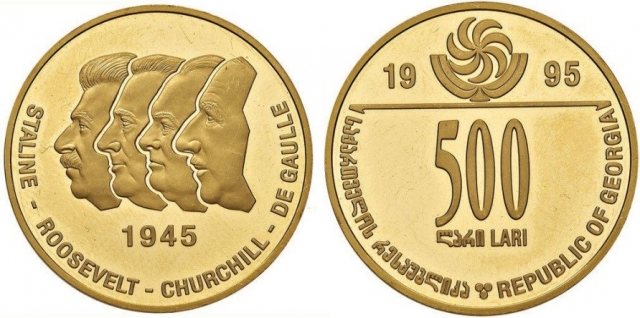European Mints for Georgian Money
In history books, it is fashionable to talk about Georgia’s political, military and economic ties with the West in the light of various recent agreements signed between Tbilisi and the EU/NATO, or cooperation the Medieval Georgian kings had with their western counterparts. Far smaller ties are rarely mentioned, though over millennia they have constituted a significant bond between Georgia and the West. Minting is one such sphere, and is a testimony to the country’s cultural, technological and economic cooperation with the West.
Georgia’s relations with the West also have a “financial” history. On April 9, 1991 the Supreme Council of Georgia declared the independence of the country. The National Bank of Georgia was established on August 2, 1991. Since October 2, 1995, Lari, the national currency of Georgia, has been in circulation. This was a revival of a national minting tradition which started in the 6th c. B.C.
With no technologies left by the Soviets, Georgians had to order from Western companies both banknotes and commemorative coins. For example, banknotes dated 1995, and commemorative gold coins dedicated to the 50th anniversary of victory in World War II, were produced by the French company “François Charles Oberthure”, following the Georgian design. In 2000, the National Bank of Georgia ordered from the Royal Mint, UK, silver, copper-nickel alloy and bimetallic coins dedicated to 2000 A.D. and 3000 years of Georgian statehood.

Tedo Dundua, Giorgi Dundua, Niko Javakhishvili, Ani Eristavi. Money in Georgia. Tbilisi. 2003, pp. 153, 171-174.
Collaboration of the same type existed in the past. Not because they lacked mint technologies, but for a higher level of Greek art, some Georgian (Colchian and Iberian) rulers ordered their coins to be struck in the bilingual (Graeco-Colchian) cities of Phasis (Modern Poti, Western Georgia) or Trapezus (Modern Trabzon, Turkey).
Coin evidence and narrative clearly demonstrate that throughout the second half of the 3rd c. B.C. Bagrat Pharnavaziani, Duke of Klarjeti (Southwest Georgia), issued the coins with a proud Aramaic legend. Saurmag, the second king of Iberia (East, South and Southwest Georgia), had to deal with a revolt of the dukes. Was ambitious Bagrat among them, did he secure southern principality for himself? Perhaps, we need more records for the full picture. But still, his coins are present, ordered, maybe, from the nearest Greek community. And that could be either Phasis, or Trapezus.

http://geonumismatics.tsu.ge/en/catalogue/types/?type=16
Aka stater is an exact copy of the gold coins struck with the name of Lysimachus (after his death), Alexander’s general. Aka stater was issued in the beginning of the 2nd c. B.C. Two specimens are known. Stylistically, technically and artistically, the coin is no less than its prototype.
The topography of the coin findings proves their local, Colchian origin – they were found in Trabzon/Trapezus and in Western Georgia. The name of the king on the reverse of the coin is in possessive case and can be translated (from the Greek) as “of king Akes/Aka or Akos”.
Thus, Georgia’s association with the West can be traced in numerous spheres of life, and minting is one of them.
By Prof. Dr. Tedo Dundua, Dr. Emil Avdaliani
Institute of Georgian History, Ivane Javakhishvili
Tbilisi State University











